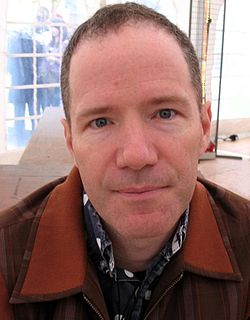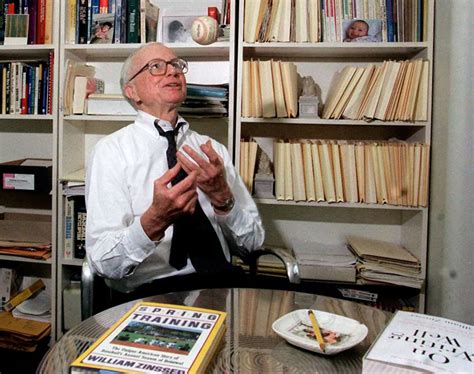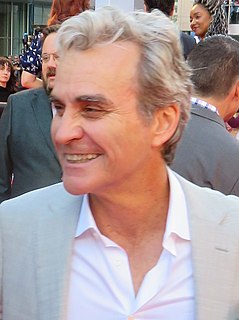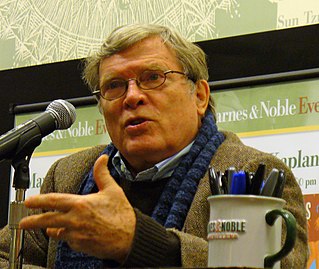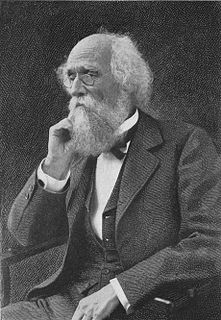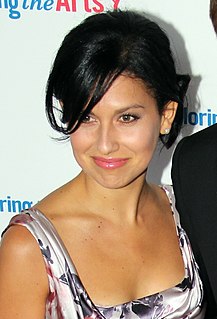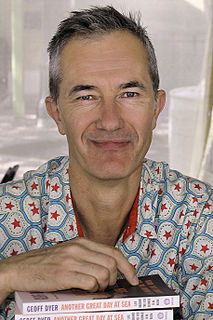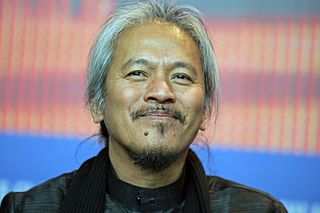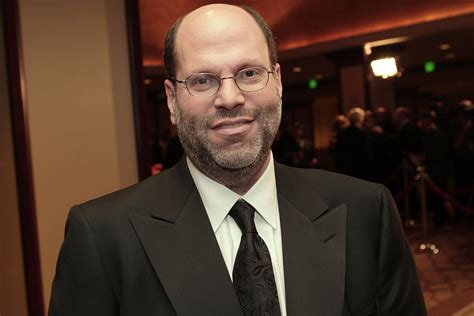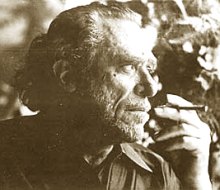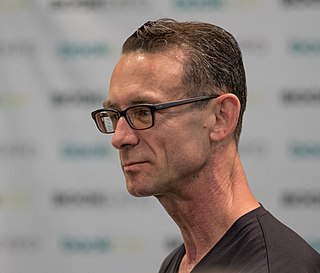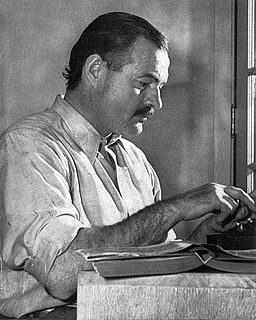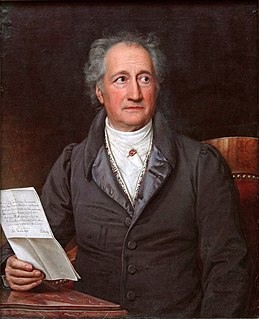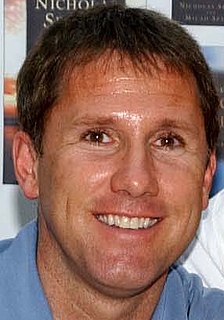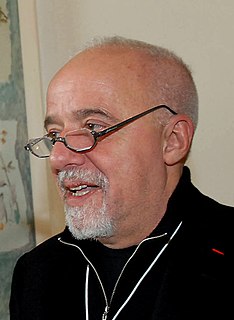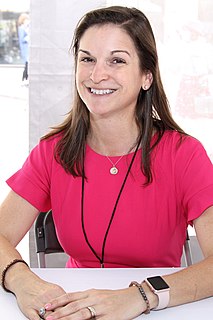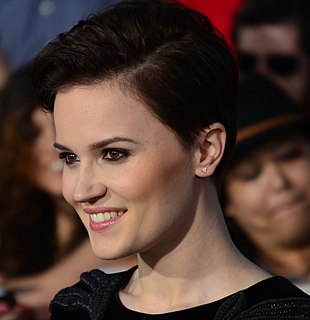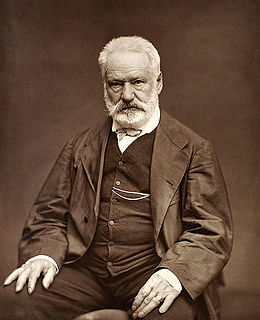A Quote by Rick Moody
Nonfiction that uses novelistic devices and strategies to shape the work. That's material that I really like.
Quote Topics
Related Quotes
Fiction stymies me with its possibility. I can't see the bottom and I freeze, cling to the side, or just choke. In nonfiction, particularly that which takes personal narrative for its primary topic, I have a finite space and a finite amount of material. I can't fabricate material, I can only shape and burrow into it.
I think, about the distinction between fiction and nonfiction. Fiction is not really about anything: it is what it is. But nonfiction - and you see this particularly with something like the BBC Samuel Johnson Prize for Non-Fiction - nonfiction we define in relation to what it's about. So, Stalingrad by Antony Beevor. It's "about" Stalingrad. Or, here's a book by Claire Tomalin: it's "about" Charles Dickens.
I didn’t like it [computer] when I first began using it. Where it’s helped me a lot is in nonfiction which is a kind of different process. You’ve got research, you’ve got your notes, You can block out what you want to work on for the next 10 pages and put it in another file, and then you can kind of carve it into shape
The soul is the form of the body, but not as the shape of a statue is formatio et terminatio materiae, for form does not exist apart from material. There is no whiteness without a white object. But the soul is not a form in this simple sense, and in particular, is not the shape of the material it informs. Therefore, the shape of a being does not affect the being's soul, for then something lower would inform something higher, which is impossible.
